How to Prepare for Local Law 97 NYC Green Building Law

Local Law 97 is one of several NYC local laws expected to have a large impact on building owners throughout New York City in the coming years. In fact buildings are one of the top contributors of carbon emissions, and NYC’s residential and commercial buildings contribute roughly 70% of the total CO2 emissions in the city. That’s why the NYC Council has implemented this climate change mitigation strategy, which has made reducing emissions of built infrastructure a priority.
Luckily, Local Law 97 compliance won’t be as tedious as it many have made it seem. In this article, we’ll cover everything building owners need to know about NYC Local Law 97 compliance and how to reduce your carbon footprint.
Aggressive Energy is committed to giving our clients the tools and resources they need to be both financially and energy efficient. For more help on NYC local law compliance, check out our complete guide to New York City building compliance.
Read on for our Local Law 97 compliance guide for NYC building owners!
What Is Local Law 97?
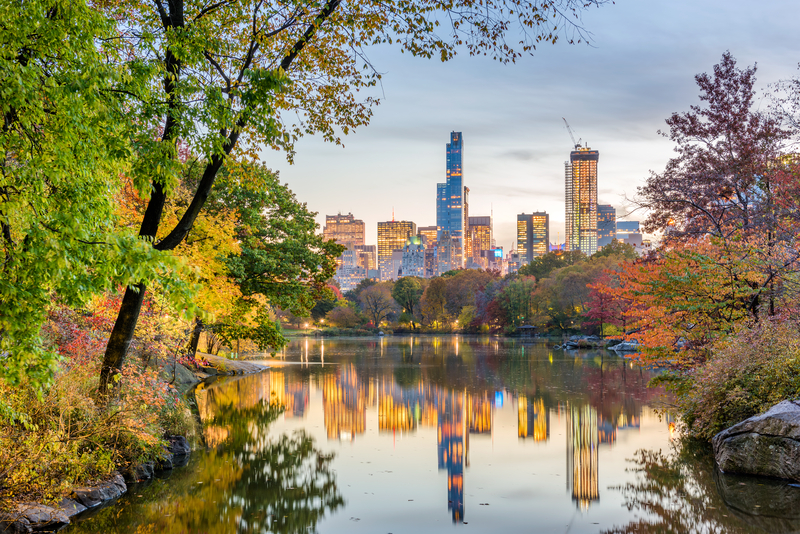
Local Law 97 (also known as LL97) was passed in New York City as a part of the Climate Mobilization Act. Local Law 97 requires buildings larger than 25,000 square feet to meet strict greenhouse gas emissions limits. This new law will affect 50,000 buildings across the city. The main goal of these new LL98 laws were created in an effort to reduce carbon dioxide emissions from commercial buildings in the city.
Who Does Local Law 97 Apply To?
NYC Local Law 97 applies to commercial buildings larger than 25,000 square feet. These buildings must keep their carbon emissions under a set limit each year to avoid carbon fines and are referred to as “covered buildings” in the legislation. The limits are set based on building type.
If you own a group of two or buildings with a total area over 50,000 square feet under the same tax lot, you will also have to comply, even if one of those buildings is under 25,000 square feet on its own. Buildings owned by the city, buildings that have one or more rent-regulated units, certain types of affordable housing, and buildings of worship are exempt.
What Are the Local Law 97 Compliance Periods?
LL97 will be implemented across the city in two phases. Each phase will have set emission limits on NYC’s large commercial and residential buildings. The two LL97 periods are
- Initial period of 2024-2029
- Second period of 2030-2034
What Are The Local Law 97 Carbon Emission Targets?
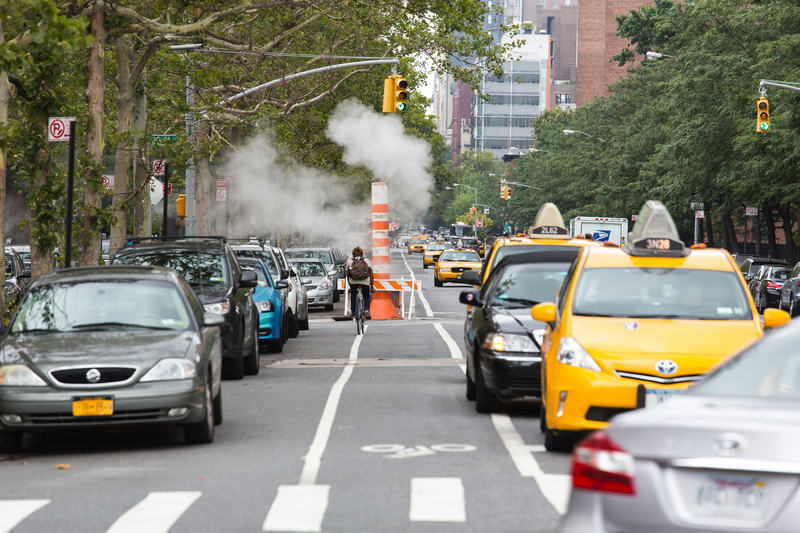
Emission limits for Local Law 97 are set based on type of occupancy spaces within the building. For instance, a mixed-use building, with a ground floor serving as retail space and the rest as residential, calculates its emission limits proportionately to the square footage of type of space.
Here is a list of carbon emission limits by occupancy classifications for Local Law 97:
What Does Local Law 97 Compliance Require?
Compliance requires building owners to create and present an emissions intensity report with a registered design professional’s stamp of approval. Under these filings building owners must report carbon emissions from the previous year. Since the first year of reporting will cover 2024, you’ll submit your first report in 2025. This will continue annually with a deadline of May 1 each year.
This NYC green building law sets out building limits through 2050 in periodic phases, gradually increasing limits on carbon dioxide emissions from buildings. The first two compliance periods are 2024-2029 and 2030-2034, with the rest of the phases to be set by January 2023.
Failure To Comply With LL97
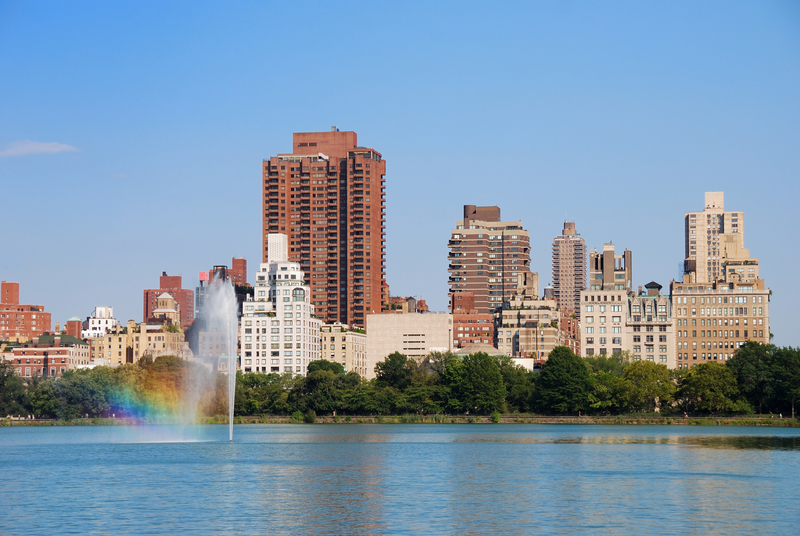
If you fail to comply with Local Law 97, you’ll be fined $268 per metric ton that the building’s carbon footprint surpasses the limit. However, if you develop a history of noncompliance, the Local Law 97 advisory board has the right to take that (along with other relevant factors) into consideration when imposing a penalty.
Houses of worship, buildings with regulated units and other forms of affordable housing are excluded from the bill. The Deal also establishes the Property Assessed Clean Energy (PACE) program to facilitate retrofits through long-term financing, and requires installation of solar PV and green roofs on new buildings and major renovations. PACE financing is tied to the property and not the owner, allowing obligations to be transferred to a new owner when the property is sold and assuaging concerns about securing long-term savings from large retrofit investments.
Failure to submit your Local Law 97 report
If you fail to submit a report, you’ll be fined $0.50 for each square foot of your building, for each month that the violation is not corrected within 12 months. Fortunately, you have a grace period of 60 days within the due date. If you submit your report within that timeframe, you won’t be liable for that fine. Still, don’t wait until the last minute and give yourself an unnecessary headache!
Submitting a Local Law 97 report with false statements
Hopefully, lying on your report isn’t an option you would consider, but just in case: If your report contains any false statement(s), you’ll be charged with a misdemeanor and subject to a fine of up to $500,000. You could also face a 30-day prison sentence.
How To Test For Carbon Emissions Under Local Law 97
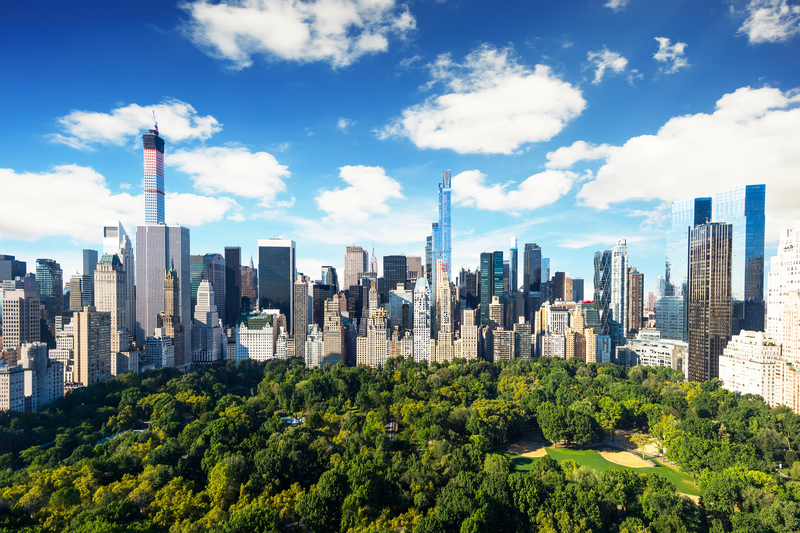
Carbon emissions, also known as building emissions, are emissions of greenhouse gases, such as carbon dioxide. A building’s emissions are created as a result of its operational functions. The total amount of greenhouse gases you emit is your carbon footprint.
Calculate your carbon footprint and building emissions intensity
The first step to complying with Local Law 97 is to calculate your building’s current emissions. This can be done by inputting the type and quantity of fuel used in the building into the free US EPA’s Energy Star Portfolio Manager. This will allow you to gauge the excess emissions you need to eliminate in order to comply with the new law.’ If your building is in the process of completing your Local Law 87 energy audit, this could be a good place to start. Ask your energy auditor to look into longer-term energy saving strategies.
How To Reduce Carbon Emissions To Meet Local Law 97 Goals
How Local Law 97 Impacts Building Owners
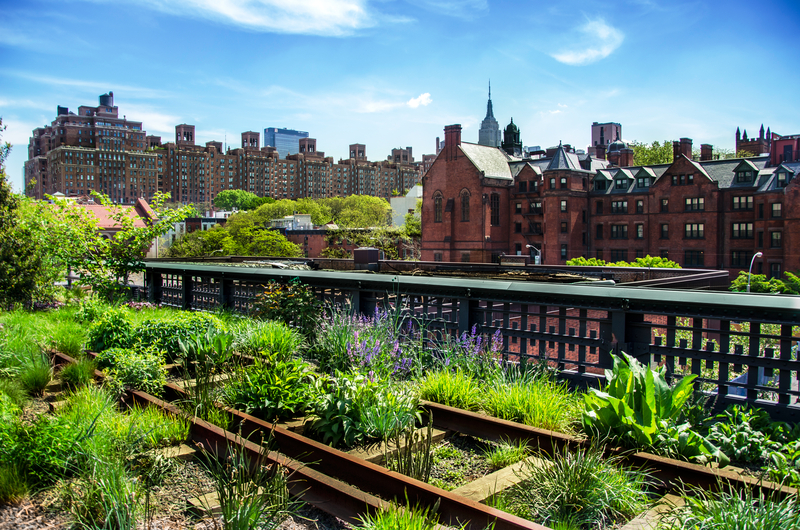
LL87 requires emissions to be reduced by 40% city-wide by 2030, which is a 26% reduction for carbon dioxide emissions from buildings. That equates to about 5.3 million metric tons, a number equivalent to the total emissions from the city of San Francisco.
The NYC green building law impacts nearly 50,000 buildings, many of which are critically above their emissions limit. This means a LOT of buildings will more than likely require substantial energy management system updates or alternate compliance by 2030. This was designed purposefully: By making 2024-2029 limits easier for the standard building to comply with, you have nearly a decade to prepare for the much tighter limits beginning in 2030.
Financially Preparing For LL97 And Its Varying Phases
You may think 9 years is plenty of time to prepare, but keep in mind that switching to clean energy on a large scale can cost a hefty upfront fee. Even if you were planning to sell that property in the next few years, potential buyers will take the cost of the necessary upgrades into account. This means you’d get less money than you probably hoped for, whereas upgrading the energy system could only add value.
Keep in mind that if your building usage is largely determined by tenants, you’ll have to create a plan that involves working together. Any plans or requirements will need to be communicated to current and future tenants.
Where Can I Find Additional Local Law 97 Information?
The 21-page Local Law 97 document is available for download here. You can also find it later by accessing the official NYC Local Laws webpage. The Urban Green Council has created a two-page NYC Building Emissions Law summary that you may also find resourceful.
If you are interested in learning more about Local Law 97 and how you can start to reduce your carbon emissions be sure to contact us online, call our office at 888-836-9222 or fill out the form below!